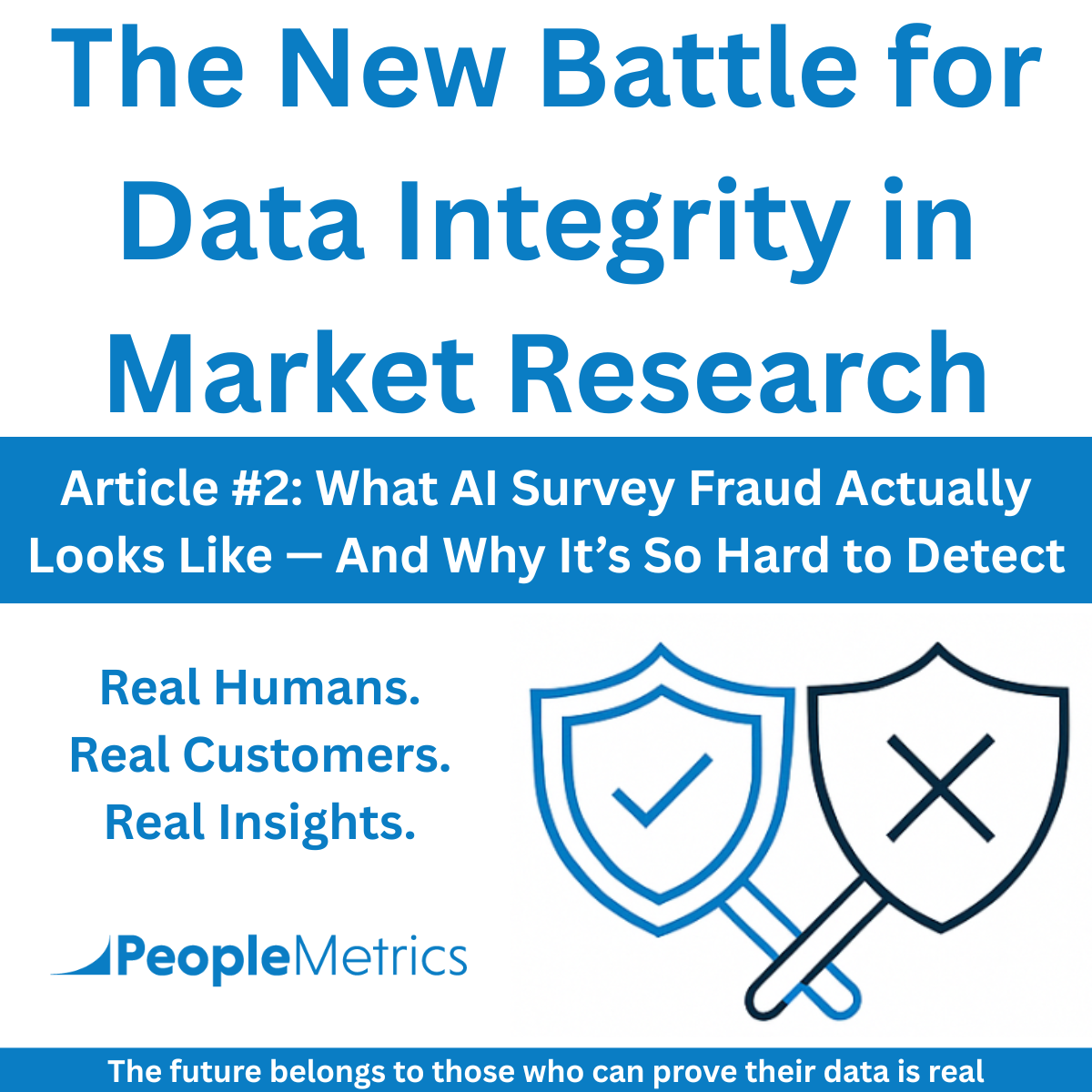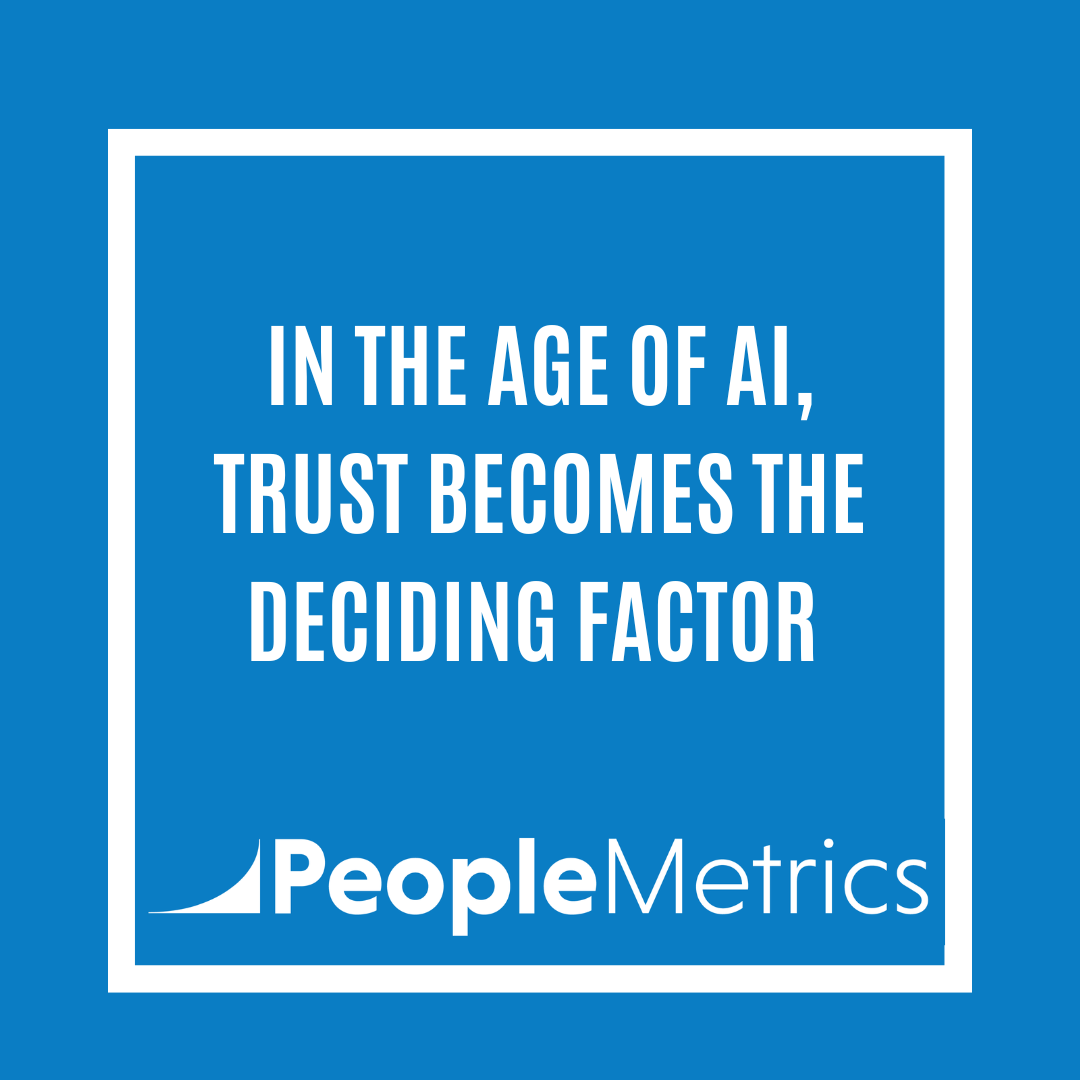Now that AI is entering the fraud game, the nature of survey fraud is changing fast.
This isn’t theory. It’s already happening.
We’re seeing responses generated by AI agents that are so convincing, they sail through traditional fraud checks unnoticed.
And it’s not that the fraud is getting sneakier — it’s that it’s getting smarter.
So, what does AI-generated survey fraud look like?
It Looks Like a Real Person
Unlike traditional bots, AI agents don’t race through surveys with robotic clicks. They simulate human behavior with precision:
- Natural scrolling patterns
- Deliberate pauses between questions
- Occasional typos that feel authentic
- Inconsistent, human-like completion times
- Device and IP spoofing to mimic diverse populations
- Open-ended answers that seem thoughtful — but are oddly generic and lack depth
And here’s the kicker: some of these responses look better than the real thing. They’re clean, structured, grammatically correct… and completely fake!
It’s Already Slipping Through the Cracks
We recently reviewed data from a well-known panel provider. At first glance, the responses looked fine — even good.
But something felt off.
The open-ended comments were too polished and much longer than usual. The verbatims had no edge, no nuance, no contradictions — just vague, agreeable language. When we dug deeper, we realized the responses had all the hallmarks of AI-generated text.
They had passed the provider’s fraud detection system. They were “clean” by every automated metric.
But they were not real.
And that’s the danger.
AI-generated fraud isn’t just hard to spot — it’s designed to blend in perfectly.
What Makes It So Hard to Detect?
Most traditional fraud detection tools look for:
- Speeding
- Straight-lining
- Gibberish
- Obvious inconsistencies
But AI doesn’t behave like that.
It mimics variability. It makes “natural” errors. It blends into the data set just enough to be invisible.
If your entire fraud detection strategy is based on algorithms scoring responses, you’re in a game you can’t win.
Because AI agents can — and will — learn the scoring patterns and adapt faster than your systems can update.
The Only Real Signal Is Human Verification
That’s why we do things differently at PeopleMetrics.
Our custom research panels are built from scratch for every client — not rented.
We personally recruit, interview, and validate every panelist.
We don’t just monitor behavior — we confirm the respondents’ identity.
And in our CX programs, we only survey actual customers, pulled from client transactional systems. We know who they are, when they interacted with our client, and what touch point we’re capturing feedback from.
There’s no guessing. No gaming the system. Just real human data.
Up Next in the Series
In the next post, we’ll go deeper into why current fraud detection systems are falling short, and how panel providers are quietly failing to protect their clients.
We’ll also walk through what companies can do if they must use third-party sample providers, and how to spot fraud before it damages your data — and your decisions!





